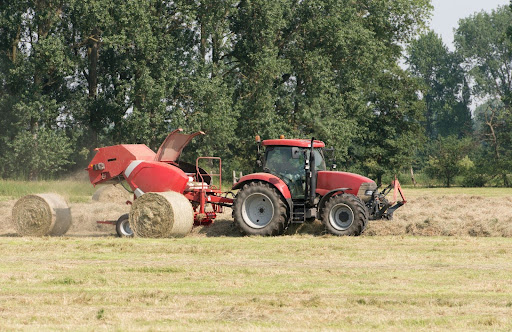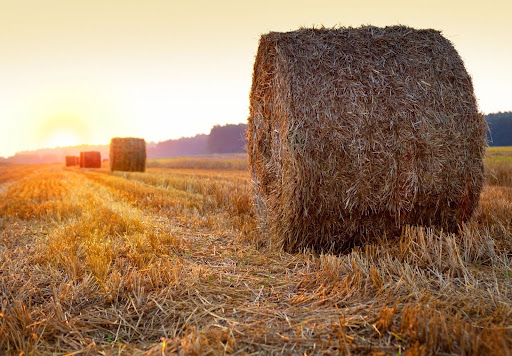How Much Does a Tractor Cost?
How Much Is My Tractor Worth?
Best Tractors for Small Farms
How Much Does a Tractor Tire Weigh?
Most Useful Tractor Implements
Most Popular Tractor Brands
What are Hay Balers?
How Many Bales of Hay Per Acre Can You Produce?
Tractors & Road Safety
What Does PTO Stand for on a Tractor? And How Does It Work?
Compact Vs. Utility Tractors: Which Is Right for Your Farm?
Best Tractor Models for Small to Medium Farms
How To Operate a Skid Steer
Skid Steer Attachments
Manure Spreaders
Grapple Buckets
How Do Combine Harvesters Work?
Autonomous Tractors
Considering a Stocker Cattle Operation?
What is an Excavator?
How much does a Forklift Cost?
How Much Does a Bulldozer Weigh?
Different Types Of Cattle Barns
How Is Hemp Harvested?
How Does a Concrete Crusher Work? Understanding the Role and Mechanisms of Concrete Crushers
A Beginner’s Guide to Online Farm Equipment Auctions
How to Harvest Basil in Your Farm or Garden
How Online Farm Auctions Are Transforming the Ag Industry
Corn Harvesting: Where Is Corn Grown in the U.S.?
How to Write Off Farm Equipment on Taxes
Bale Beds for Sale New & Used
Guide to Tillage: What Is Tillage Equipment & Its Process?
Evolution of the Bulldozer
Bulldozers in Construction
How Cinnamon Is Harvested
Selling Used Farm Equipment
Understanding Commodity Price Trends
Top Tips for Successful Bidding in Online Farm Equipment Auctions
Most Efficient Corn Harvesting
Top Seeders for No-Till Farming
Square vs Round Balers
What are hay balers?

If you’ve ever driven down a country road in the Midwestern United States, you’ve certainly driven past those bales of hay in a field on the side of the road.
These bales of hay, either round or square, are put together thanks to a piece of farm equipment known as a hay baler. These balers, pulled by a tractor, gather hay and other materials and construct them into these large round or square bales., which are easy to store and transport.
This is done through two types of balers - Round balers and square balers.
What does the hay making process consist of?
Baling hay is needed in order to feed farm animals year-round. The hay is grown in the field, cut and mowed, and then raked into different windrows.
First, the hay is cut by a tractor mowing the hay field, which then requires a drying period. Once it’s cut, a tedder is used to fluff up the hay and make it ready for bale handling.
For the final step of the process, a hay rake is used in order to pull the hay into the windrows, and get it ready for hay baling.
How does a hay baler work?
How a hay baler works depends on whether the farmer is using a round baler or square baler. There are advantages to both round and square hay bales. Square bales are easier to stack for transport, while round bales are better in the rain, since the water can run off of them.

How do square hay balers work?
Square hay balers produce square or rectangular bales, with a tractor or loader stacking these hay bales.
The PTO shaft is what powers the machine and provides momentum. The hay gets picked up and then moved into the bale chamber via the auger, while the compression bar holds it in place. The bale is shaped into the proper size, and wrapped with twine or other material, released into the chute and transferred to the ground, where it’s ready to be picked up.
How do round hay balers work?
With round, or cylindrical, balers, the hay is picked up and fed into a series of belts and rollers which form it into a bale. Once the hay bale gets big enough, the machine wraps it, and the finished bale rolls out the back.
Other types of hay equipment
In addition to balers, there are other types of farm equipment used when handling bales of hay. Bale wrappers wrap the bales in plastic for the purpose of turning them into silage. When the hay blaes need transport, the farmer uses the services of a bale handler - a removable attachment for vehicles like tractors, skid steers and pickup trucks.
Bale beds are truck beds that mount to pickup trucks for transporting bales of hay.
Find a round or square hay baler near you
Fastline currently lists balers, both round and square models, from different manufacturers.
Popular hay baler manufacturers include John Deere, New Holland, and Vermeer.